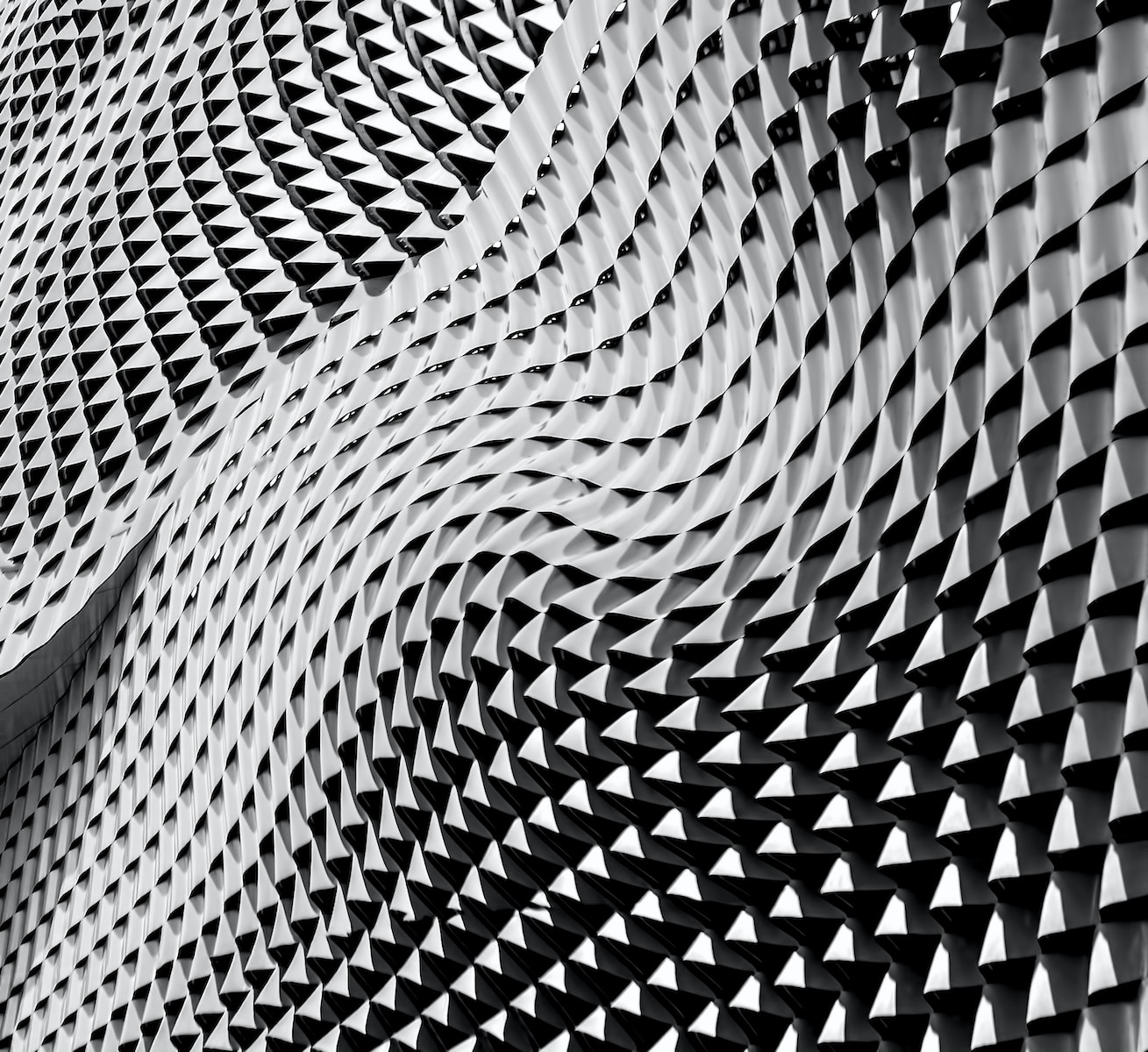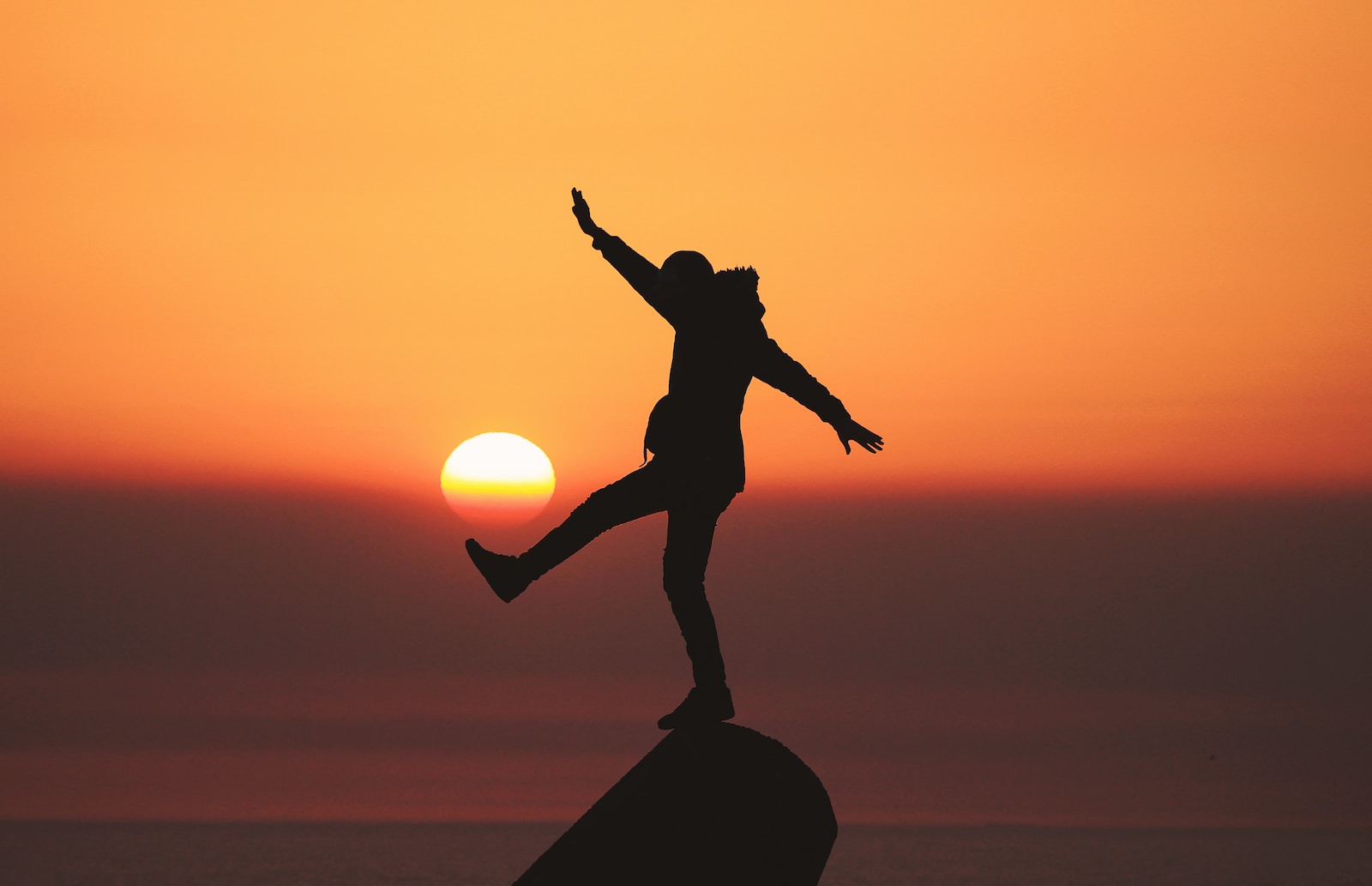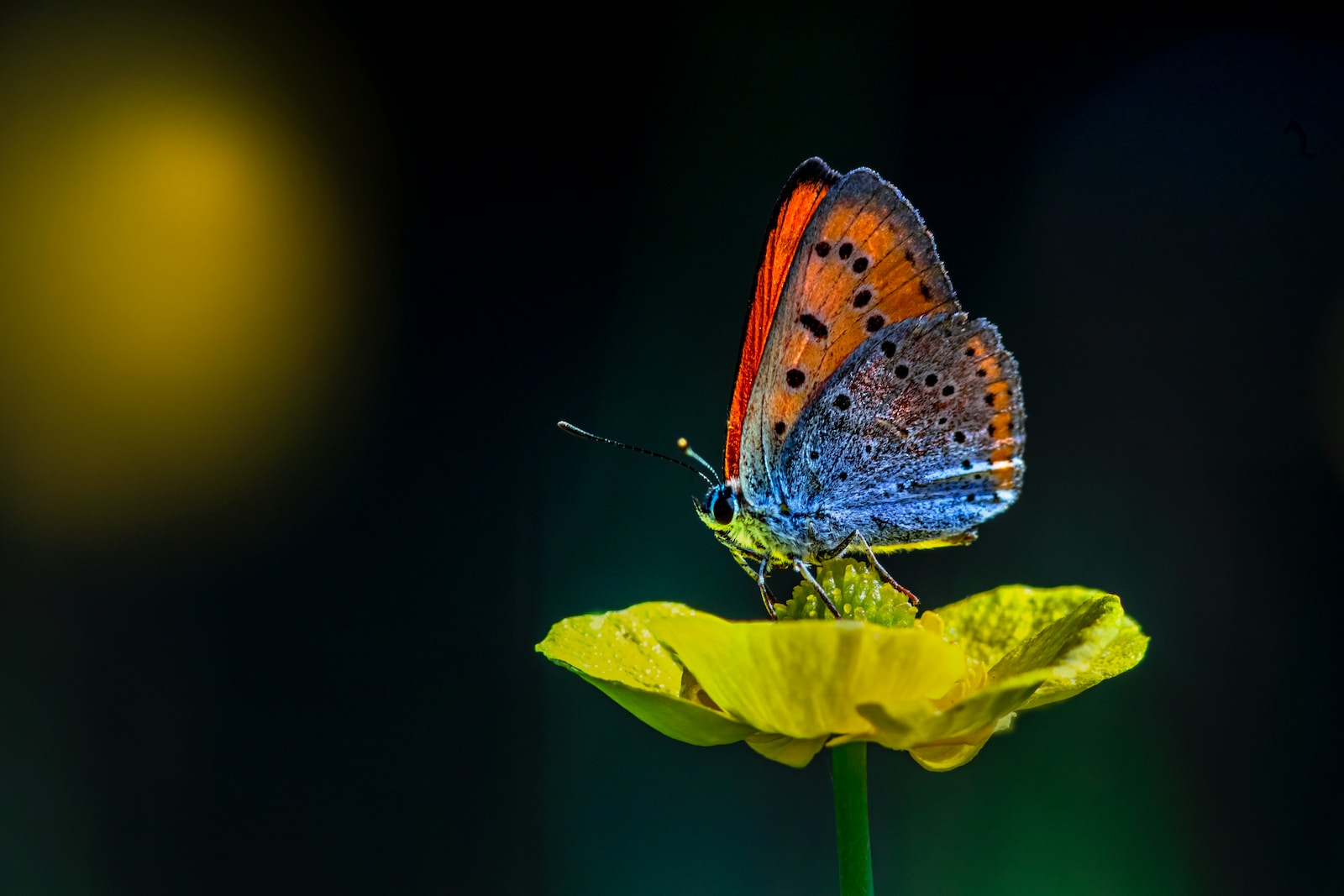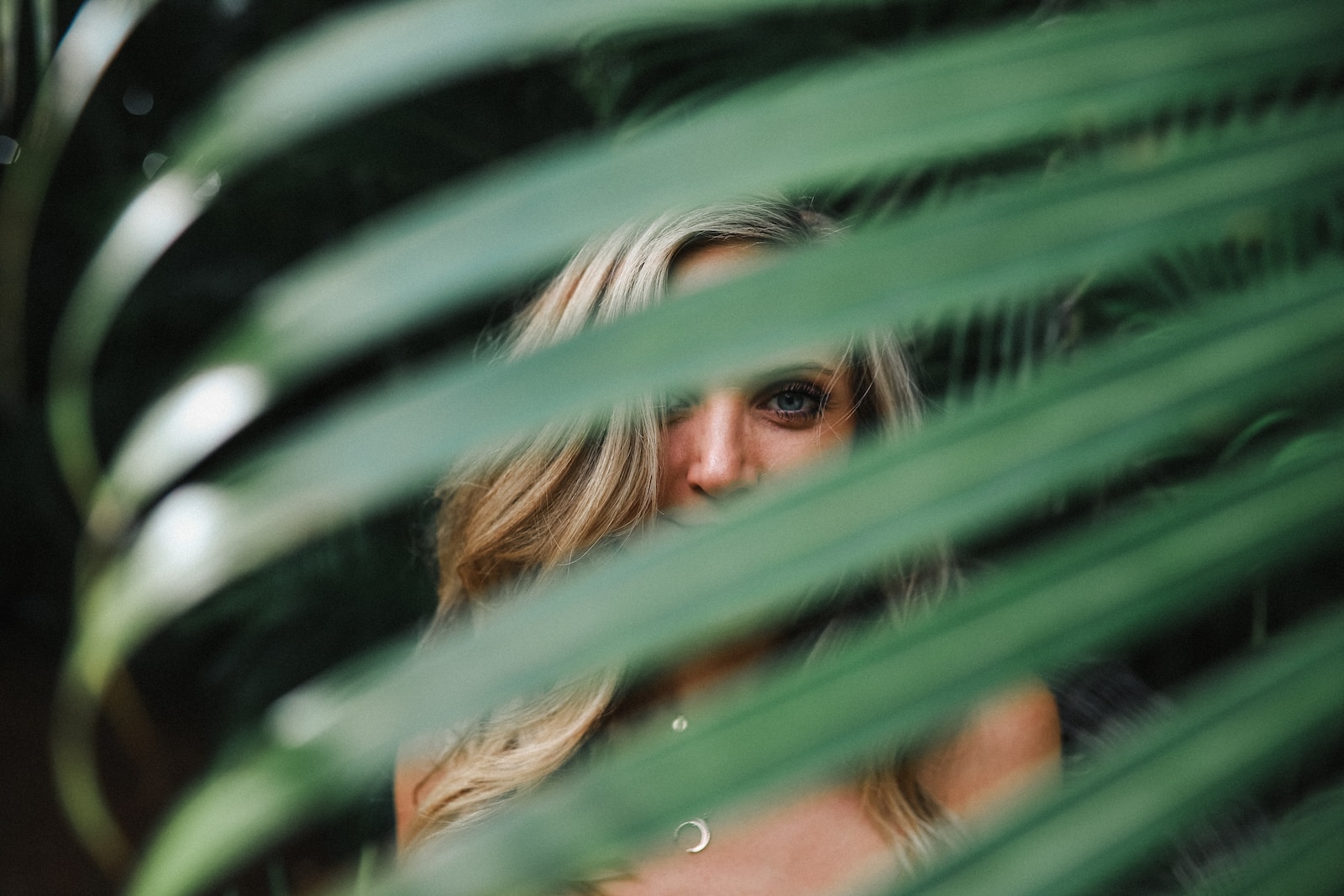Welcome to my blog, “Exploring Abstract Patterns through the Lens”! If you have a passion for photography and a love for creativity, then you’ve come to the right place. In this blog, I will share tips and techniques on how to capture stunning abstract patterns in everyday life and nature. From composing the perfect shot to ideal camera settings, you’ll learn all the secrets to creating visually captivating images. So, grab your camera and let’s embark on an exciting journey of discovering the beauty of abstract patterns!
Table of Contents
- Unveiling the Beauty of Abstract Patterns
- Choosing the Right Camera and Lens
- Exploring Abstract Patterns through the Lens
- Frequently Asked Questions
- What is abstract photography?
- How can I find abstract patterns in everyday life?
- What camera settings are ideal for capturing abstract patterns?
- What composition strategies can enhance abstract patterns?
- How can I boost my creativity in abstract photography?
- What are some tips for capturing abstract patterns in nature?
- Wrap Up
Unveiling the Beauty of Abstract Patterns
Before we delve into the world of abstract patterns, let’s take a moment to understand what abstract photography truly means. Abstract photography is all about capturing unique and visually striking images that evoke emotion without representing reality in a literal sense. It’s about exploring shapes, colors, lines, and textures to create captivating compositions that challenge the viewer’s perception and ignite curiosity.
The Power of Patterns
Patterns are hidden everywhere around us, waiting to be discovered and captured through our lens. They can be found in the mesmerizing lines of architectural structures, the intricate formations of natural elements, or even the mundane objects we encounter daily. These patterns have the ability to mesmerize and create a sense of order in an otherwise chaotic world. By recognizing and embracing patterns, we open ourselves up to a whole new realm of creativity in our photography.
The Art of Composition
Composition plays a vital role in abstract photography. It is the foundation upon which we build our visual story. To create visually appealing images, we need to carefully consider elements such as balance, symmetry, and the rule of thirds. By understanding these compositional techniques, we can guide the viewer’s eye to the focal point and create a harmonious visual experience. So, let’s explore the art of composition and learn how to compose images that captivate and inspire.
Fueling Creativity
Creativity is the driving force behind abstract photography. It’s what sets our images apart from the rest and allows us to express our unique perspective. So, how do we fuel our creativity and tap into our artistic potential? This section will dive into various strategies and exercises to ignite your creative spark. From exploring new environments to experimenting with different angles and perspectives, you’ll discover the keys to unlocking your creative potential.
Choosing the Right Camera and Lens
The right equipment can make all the difference when it comes to capturing abstract patterns. In this section, we’ll discuss the best cameras and lenses for abstract photography, considering factors such as image quality, versatility, and budget. Whether you’re shooting with a DSLR, mirrorless camera, or even a smartphone, we’ll explore the options that cater to your specific needs and photography style.
Did you know that abstract photography emerged as an art form in the early 1900s, challenging traditional concepts of representation?
Exploring Abstract Patterns through the Lens
Welcome to “Exploring Abstract Patterns through the Lens,” a blog dedicated to helping photographers capture captivating abstract patterns in everyday life and nature. In this article, we will discuss useful tips, techniques, and ideal camera settings to enhance your abstract photography skills.
The Power of Abstract Photography
Abstract photography is a fascinating genre that allows us to see the world in a unique and fresh perspective. By focusing on patterns, shapes, and colors, abstract photography encourages us to see beauty in the ordinary and find art in unexpected places. It pushes the boundaries of our creativity and challenges us to look beyond the obvious.
As artists, photographers have the ability to capture these abstract patterns and translate them into visual stories. The beauty lies in the ability to evoke emotions and spark imagination through a blend of composition, creativity, and technical expertise.
A Case Study: The Challenges of Abstract Photography
Let’s explore a relevant case study to understand the challenges photographers face when capturing abstract patterns. Imagine a scenario where you encounter a vibrant abstract pattern on a busy street. To capture the essence of the moment, you need to quickly assess the composition, adjust your camera settings, and time your shot perfectly.
One of the common challenges faced by photographers in such situations is the presence of distracting elements. These distractions can hinder the purity of the composition and dilute the impact of the abstract pattern. However, by experimenting with different angles, focal lengths, and depth of field, you can effectively isolate the pattern and create a visually striking image. This may require patience and persistence, but the results will undoubtedly be worth the effort.
Another challenge to consider in abstract photography is maintaining a balance between simplicity and complexity. While capturing intricate patterns can be exhilarating, it’s important not to overwhelm the viewer. Simplifying the composition by removing unnecessary details or focusing on a specific section of the pattern can enhance the visual impact and create a stronger connection with the audience.
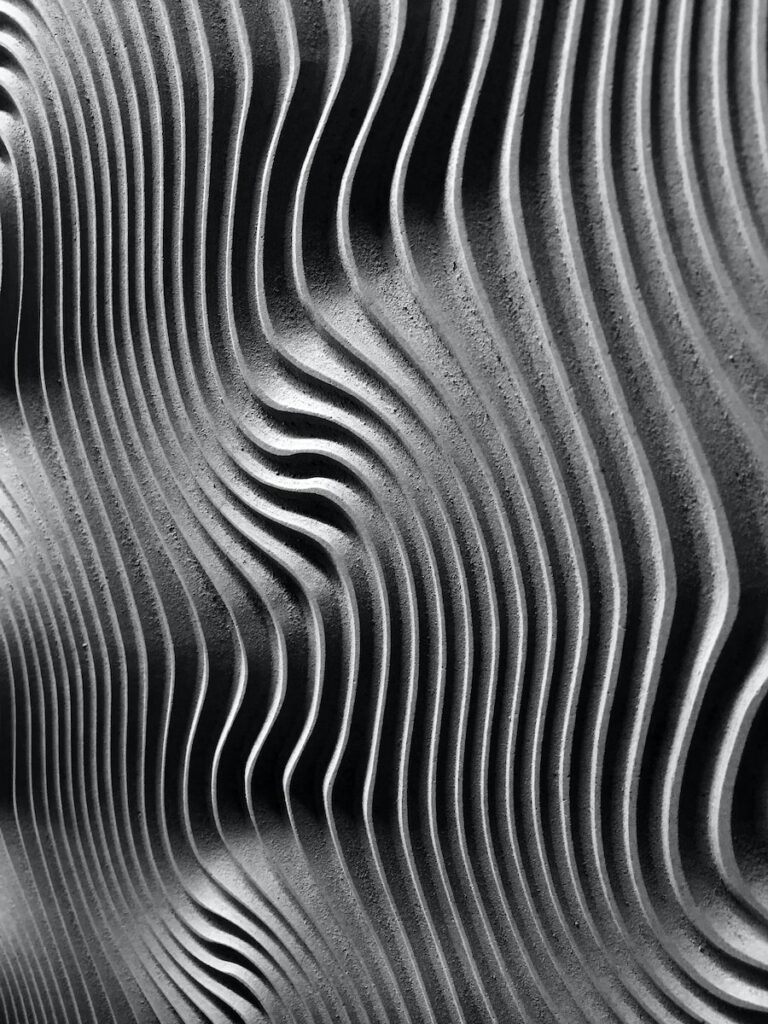
Overcoming Challenges and Capturing Stunning Abstract Patterns
Now that we understand the challenges, let’s delve into some techniques to overcome them and capture stunning abstract patterns.
- Experiment with Perspective: Change your angle of view to discover fresh perspectives and unique compositions. Get closer to your subject or explore it from different heights or angles to find hidden patterns.
- Play with Depth of Field: Manipulate the depth of field to draw attention to specific parts of the pattern. By using a wide aperture and selectively focusing, you can create a shallow depth of field that isolates the pattern from the background.
- Utilize Natural Lighting: Pay attention to the lighting conditions and how they interact with the abstract patterns. Soft, diffused lighting can accentuate the subtle details, while strong directional lighting can create dramatic highlights and shadows.
- Experiment with Camera Settings: Adjust your camera settings to capture the abstract patterns with precision. Play with shutter speed, ISO, and white balance to achieve the desired effect. Bracketing your shots can also be useful to capture a wide range of tones and textures.
- Embrace Creativity: Don’t be afraid to experiment and break the conventional rules of photography. Abstract patterns offer a wealth of possibilities for creativity and self-expression. Trust your instinct, be open-minded, and let your imagination run wild.
Remember, practice is key to mastering the art of capturing abstract patterns. So, get out there, explore the world with an open mind, and let your camera be your guide to discovering the hidden beauty in everyday life!
Frequently Asked Questions
What is abstract photography?
Abstract photography is a form of art that captures the essence of a subject by focusing on its shapes, colors, lines, and textures, rather than its literal representation.
How can I find abstract patterns in everyday life?
Abstract patterns can be found everywhere around us. Look for repetitive shapes, lines, textures, and colors in nature, buildings, objects, and even people. Train your eye to see beyond the obvious and discover the beauty in the ordinary.
What camera settings are ideal for capturing abstract patterns?
When photographing abstract patterns, it’s important to experiment with different settings. Use a small aperture (high f-number) to increase the depth of field, allowing more of the pattern to be in focus. Adjust your shutter speed to capture the desired motion blur or freeze the pattern in place. Consider using manual focus for precise control over what elements of the pattern you want to emphasize.
What composition strategies can enhance abstract patterns?
Composition plays a crucial role in abstract photography. Experiment with different angles, perspectives, and framing techniques to highlight the patterns in your subject. Utilize the rule of thirds, leading lines, symmetry, and negative space to create visually pleasing and dynamic images.
How can I boost my creativity in abstract photography?
Creativity is limitless in abstract photography. Train your mind to think outside the box, experiment with unconventional compositions, and break the rules. Try different post-processing techniques to enhance the abstract elements. Surround yourself with inspiration, study the work of other photographers, and continue to push your boundaries.
What are some tips for capturing abstract patterns in nature?
When photographing abstract patterns in nature, take the time to observe your surroundings. Look for interesting textures in tree bark, rocks, or even patterns in the sand. Pay attention to reflections in water or the play of light and shadow. Simplify the composition by focusing on a specific part of the landscape that exhibits captivating patterns.
Wrap Up
In conclusion, abstract photography is a wonderful way to explore the beauty of patterns and composition in everyday life and nature. By using the right camera settings and employing creative techniques, you can capture stunning images that evoke emotion and ignite the imagination.
Remember to keep an eye out for interesting patterns and textures, and experiment with different angles and perspectives to uncover unique compositions. Don’t be afraid to think outside the box and let your creativity shine through.
Now it’s your turn! Have you tried capturing abstract patterns? What are your favorite tips and techniques? Share your thoughts and experiences in the comments below. Let’s engage in a conversation and inspire each other to embrace the abstract world through our lenses!
